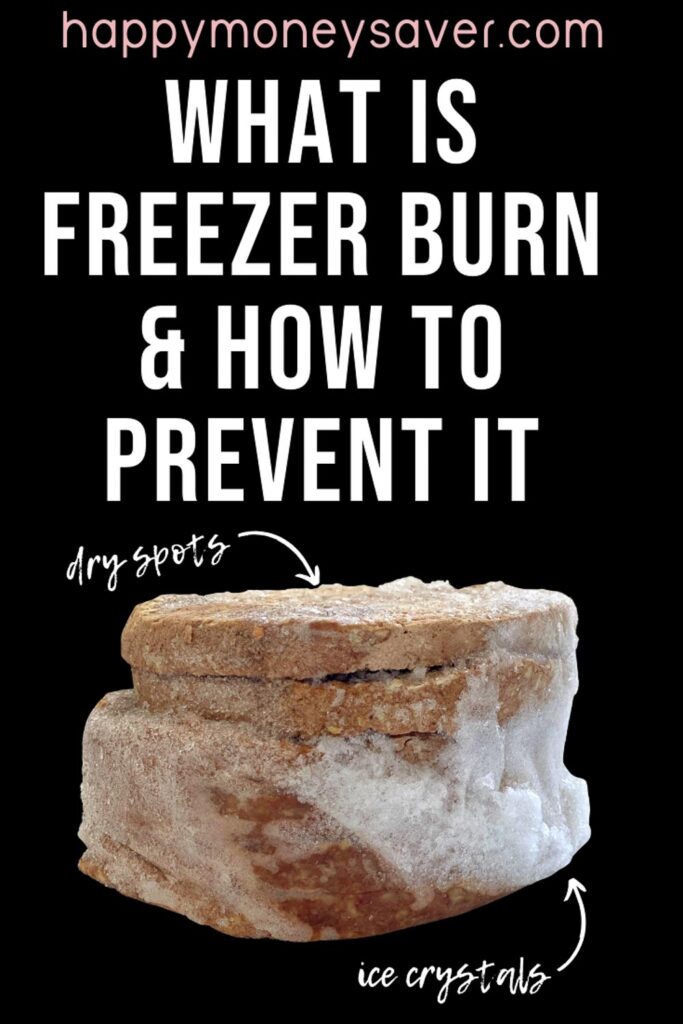


But you do hold the power within you to prevent freezer burn.įirst of all, it’s important to remember that at least nine times out of 10, if not significantly more often, freezer-burnt food is safe to eat. McGee also mentions that “Well-frozen meat will keep for millennia, as has been demonstrated by the discovery of mammoth flesh frozen 15,000 years ago in the ice of northern Siberia.” Trust me when I say that you are in no way going to be able to pull off that type of long-term storage at home. Sadly, this is a lot less exciting than it sounds, merely the technical term for when moisture evaporates at temperatures below freezing.
FREEZER BURN CRACK
I’m going to share my favorite tips for preventing freezer burn, so you can enjoy high-quality frozen vittles without off flavors, or a crunchy crust of snow on top.Īccording to Harold McGee’s “On Food and Cooking: The Science and Lore of the Kitchen,” – a highly recommended tome that I’ve been eager to crack the spine of since I received it as a gift last Christmas, and that you can snag a copy of on Amazon – freezer burn is caused by sublimation of the water. What’s a meal prepper, bulk buyer, or careful food saver to do, to prevent this common food storage issue? Lo and behold, freezer burn has formed, yet again. So you open the carton of ice cream you’ve been saving, or pull out the frozen leftovers you thought you were going to eat for dinner, and you see those telltale grungy-looking ice crystals. Some of these may be affiliate based, meaning we earn small commissions (at no additional cost to you) if items are purchased. We occasionally link to goods offered by vendors to help the reader find relevant products.


 0 kommentar(er)
0 kommentar(er)
